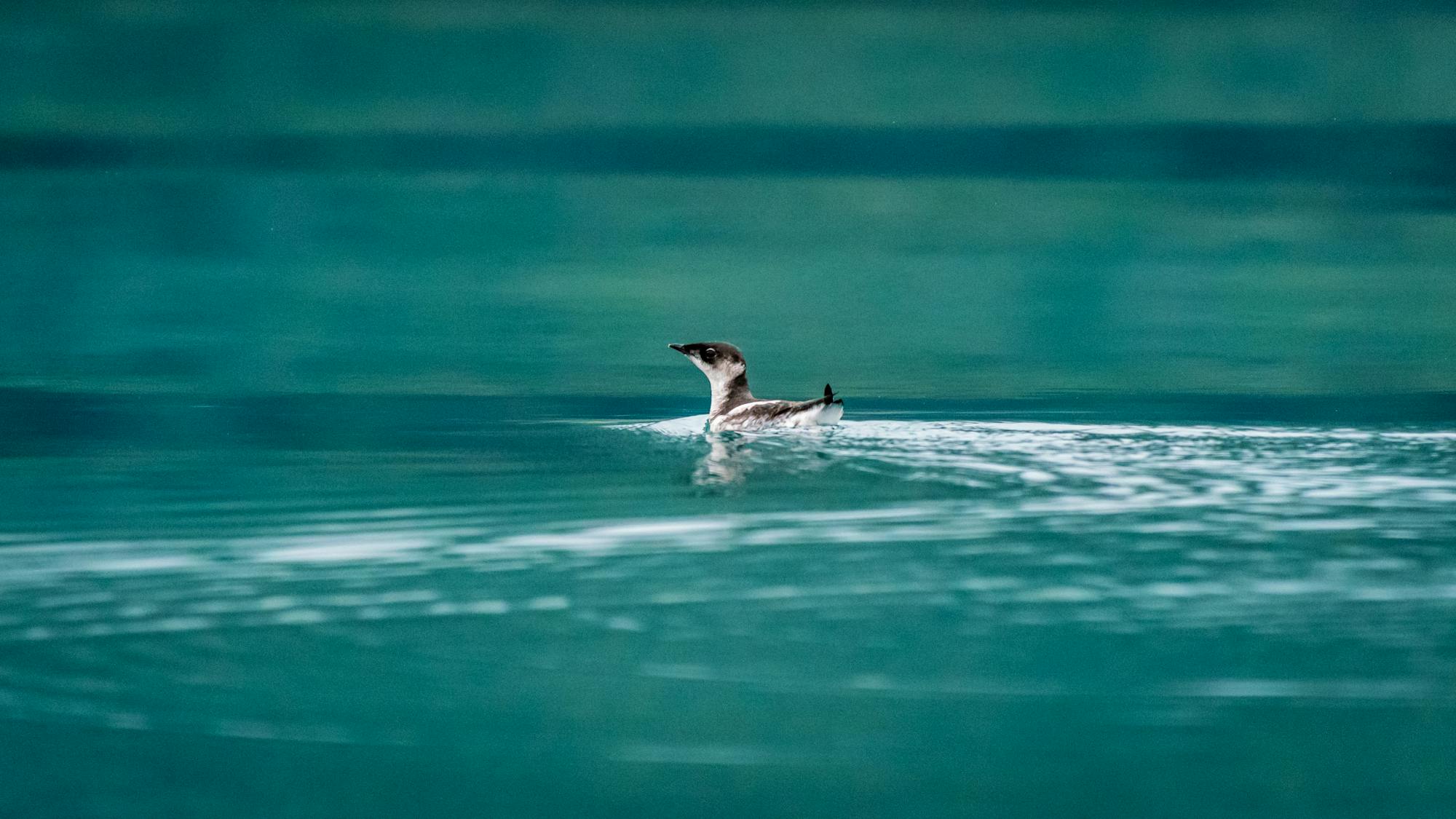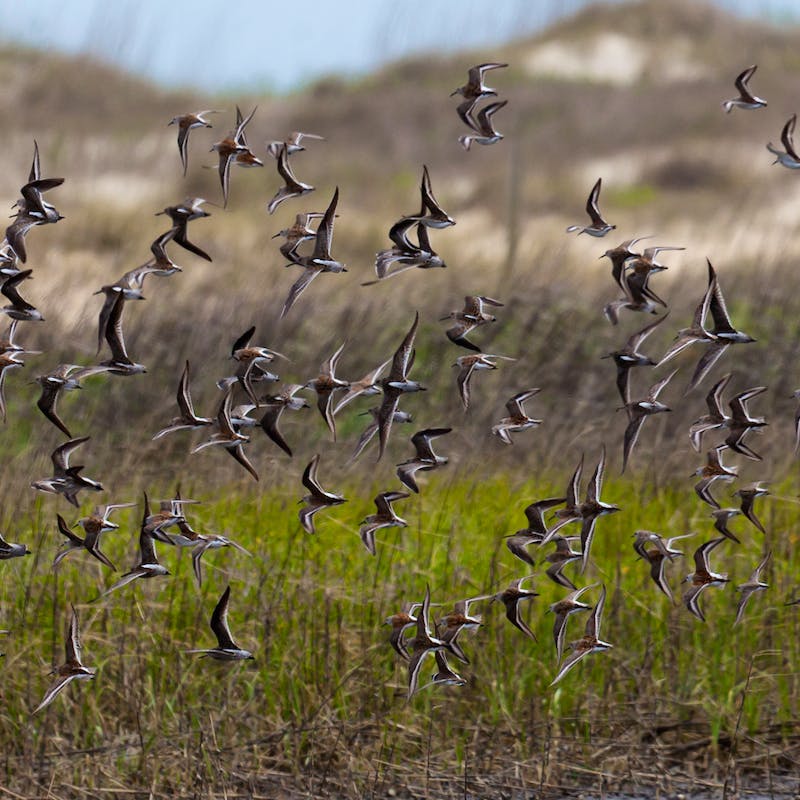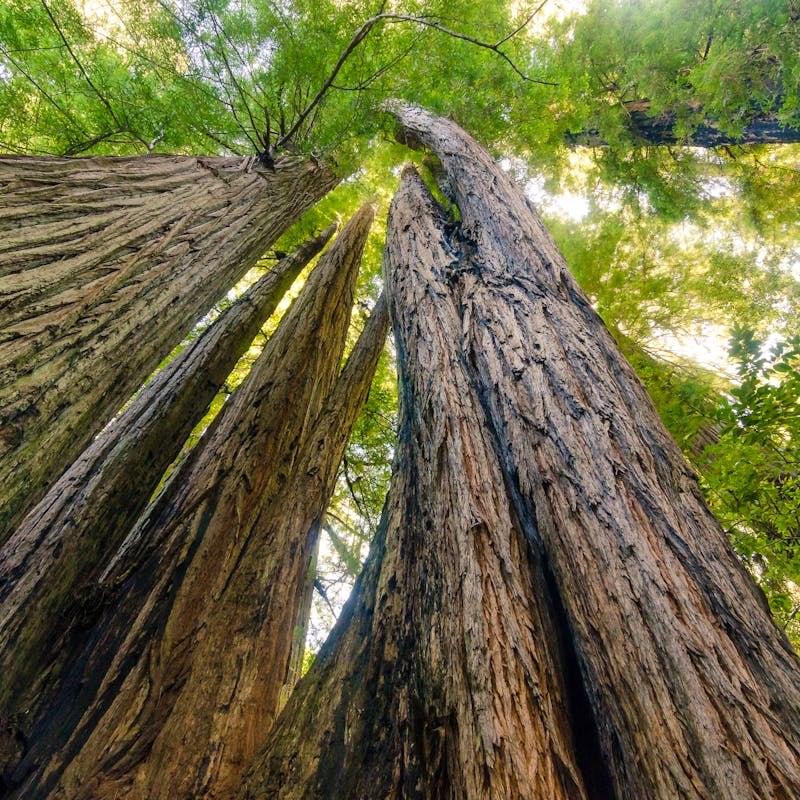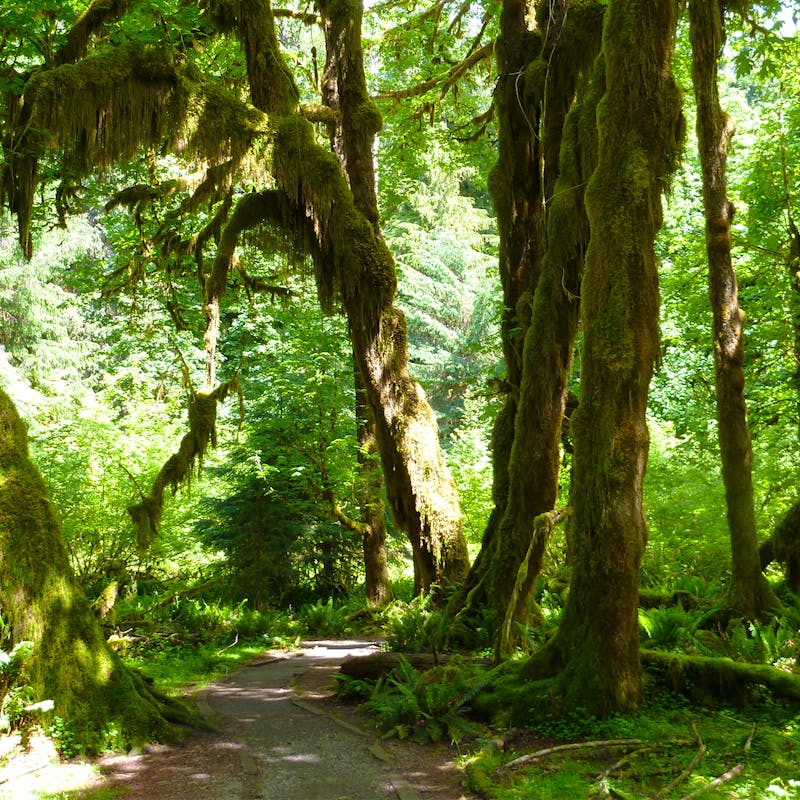Join our mobile Rapid Response Network!
You can be the first to hear about how we’re going to hold the next administration accountable and how you can fight back for wildlife!
The marbled murrelet is an elusive little sea-bird from the auk family.
Its gray, white and black marbling patterns on the back inspired its name; however, it molts into a brown plumage during breeding season. Murrelets are frequently associated with the coast, where they fish and forage, but they are known to travel up to 50 miles inland to find the old, mature forest habitat they require for nesting.
Very little else is known about this fast-flying bird since it was first reported on the West Coast in 1974, but the science is clear that both its land and sea habitats are facing serious threats from habitat degradation, forest fragmentation, and climate change impacts on habitat quality and food availability.
Marbled murrelets are threatened by logging and development of habitat, climate change, oil spills and entanglement.
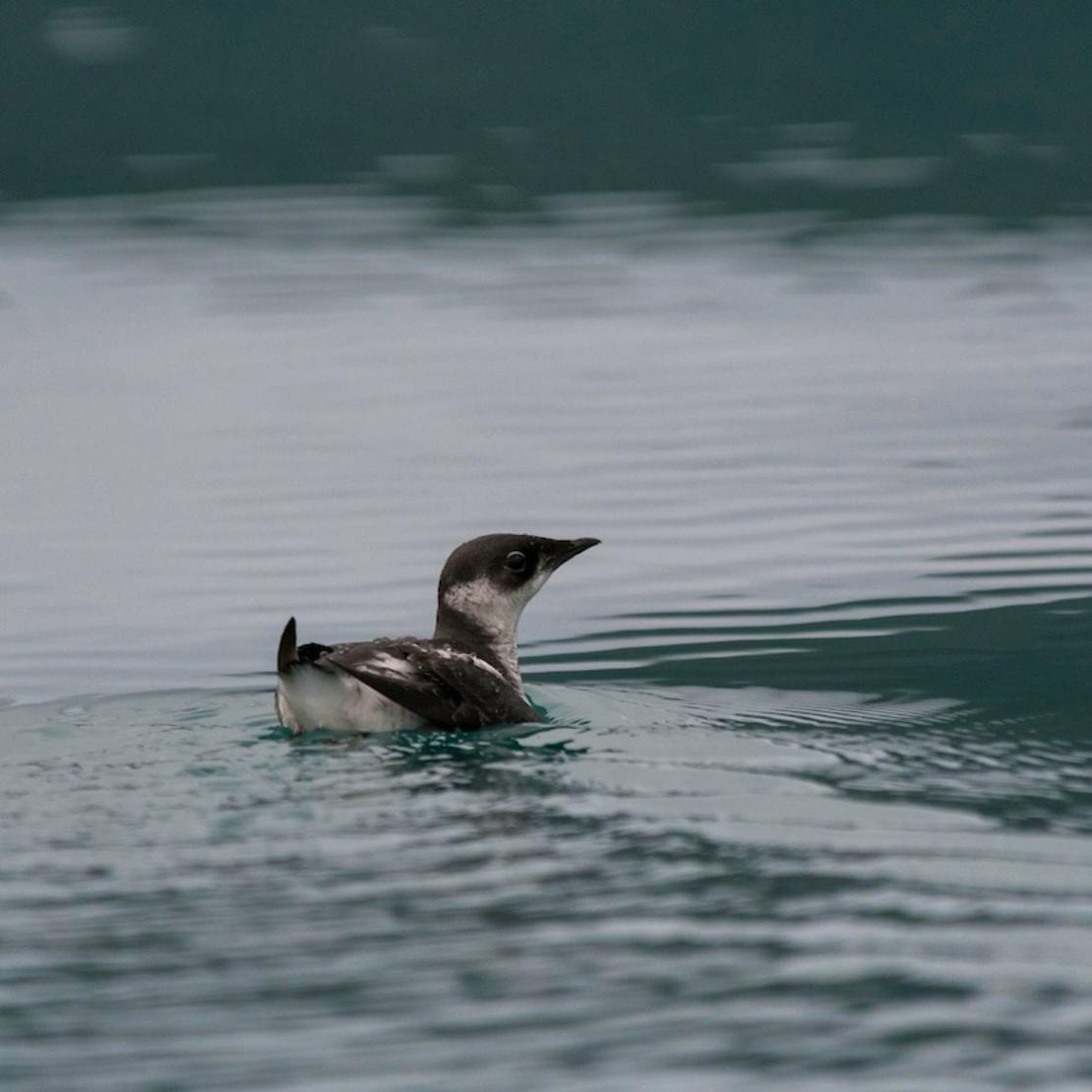
Defenders' Impact
Defenders is working to protect and restore marbled murrelets and their old growth habitat throughout their range. The marbled murrelet was listed as threatened under the federal Endangered Species Act in 1992 and threatened under the Oregon Endangered Species Act in 1995.
Despite the murrelet’s supposed protected status, Oregon never developed a comprehensive recovery plan so Defenders, and a cohort of conservation groups filed a petition to reclassify the murrelet from "threatened" to "endangered" under Oregon ESA. After four years of uphill challenge and a litigation, the Commission voted to uplist the species to "endangered" status in July 2021. At the same time, we are involved in forest planning to protect habitat as special resources sites and promote sustainable resource management on forested lands. We are also working in Washington to develop a long-term conservation strategy for the marbled murrelet.
What You Can Do
Speak up for responsible forestry practices and resource management and support conservation laws like the Endangered Species Act that protect imperiled species.

About
The breeding range of the marbled murrelet extends from Bristol Bay, Alaska, south to the Aleutian Archipelago, northeast to Cook Inlet, Kodiak Island, Kenai Peninsula and Prince William Sound, south coastally throughout the Alexander Archipelago of Alaska, and through British Columbia, Washington, Oregon, to northern Monterey Bay in central California. Birds winter throughout the breeding range and also occur in small numbers off southern California. The marbled murrelet is a rare seabird species that spends most of its life at sea, except when it is time to nest. Unlike most sea birds that nest close to coast, the female murrelet has a unique need: she nests on large, old-growth trees in the Pacific coast forests.
Rough estimates are 15,400 - 23,900 individuals in Washington, Oregon and California.
The marbled murrelet is a seabird that nests in old-growth and mature forests and forages at sea.
Marbled murrelets are solitary nesters and lay a single egg on a mossy limb of an old-growth conifer tree, but not all adults nest every year. Both sexes incubate the egg in alternating 24-hour shifts for 30 days. Once the chicks hatch, the adults feed the chick at least once per day, flying in (primarily at dawn and dusk) from feeding on the ocean, carrying one fish at a time. The young fledge from the nest in about 28 days and appear to fly directly to the sea upon leaving the nest.
Marbled murrelets feed on krill and other small prey at sea.
Read More About the Marbled Murrelet
News

Oregon Wildlife Officials Expand Protections for Rare Seabird
Marbled Murrelet Blog Posts

